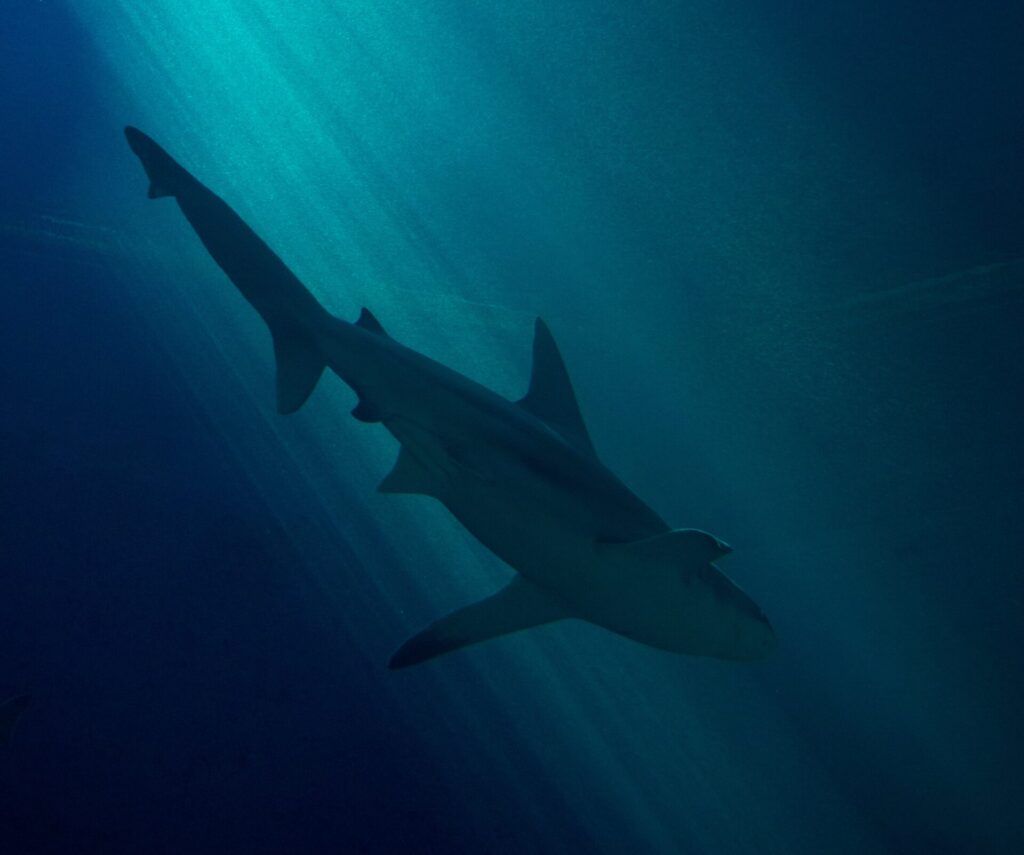
The deep ocean provides a wide range of valuable ecosystem services to the planet; but it remains largely unexplored due to its size and inaccessibility.
Marine biologists have long known that many marine predators dive vertically into the deep ocean, but the reasons behind this behaviour were largely a mystery.
Many predator species have been recorded travelling from near surface waters to the twilight (200 to 1,000 metres) and midnight (1,000 to 3,000 metres) zones of the ocean.
Senior Research Fellow Professor David Sims collaborated with researchers from Woods Hole Oceanographic Institution, who led the study, and many other international marine institutions to discover why large predators were deep diving.
Scientists synthesized data from electronic tags, shipboard sonar, Earth-observing satellites, and data-assimilating ocean models.
Data was collected from 344 electronic tags over the course of 46,659 tracking days from 12 species in the North Atlantic Ocean, including blue sharks, shortfin mako sharks, white sharks, whale sharks, Yellowfin tuna, swordfish and more.
Using 3D movement data which recorded marine animals travelling nearly 1.5 million kilometres of ocean, they found that nearly every tagged predator frequented the twilight zone and many made regular trips to the midnight zone.
Using a predictive model, researchers found a clear correlation of predator depth use with the expected location of deep ocean prey for at least half of the predator species.
While not all observed behaviour was linked to prey availability at depth, the results show that large marine predators, like sharks and tunas, dive deep into the twilight zone, often to follow the movements of a dense layer of prey organisms, called the deep scattering layer.
Researchers warn that careful consideration to the disruption of deep-ocean food webs is needed, and it is important to study them further before fishing or extracting activities occur.
Read the full paper: https://www.pnas.org/doi/10.1073/pnas.2306357120